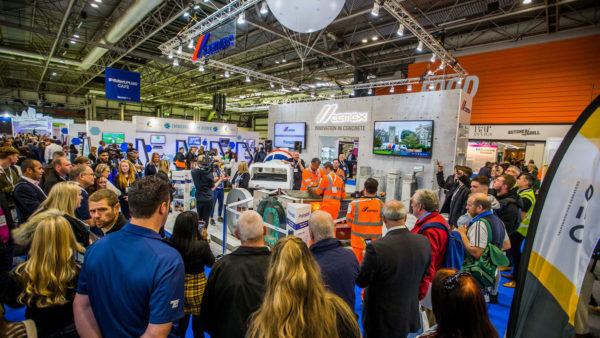
Retrofitting and recycling will help cut construction’s carbon footprint – but too often we overlook the safety risks in the process, says Lesley McLeod.
On World Environment Day, it’s sobering to think that about a quarter of all the world’s waste can be traced to the construction sector. So, it’s not hard to see how construction and demolition recycling could make a major difference to the planet and in helping us reach net zero. Retrofitting could help cut energy use, offset greenhouse gases and protect scarce natural resources. It could even create quality jobs.
But, too often, the fad for thrusting, new statement buildings blinds us to the damage we are doing: filling landfill with dangerous and contaminated materials; using up scarce resources; and taking great bites out of our green spaces. All without considering energy used in making and transporting new materials when we could be reusing the things we have to hand.
For too long we have remained focused on a very narrow view of safety – and that is a pretty incendiary thought coming from the Association for Project Safety [APS], where the founding mission was to improve the safety and health of construction workers. It’s not even as if it’s a job we have completed.
Some risks seem resistant to improvement, whether on new builds, where risks can be easily modeled, or retrofit, where dangers are unseen and hidden. Deaths and serious accidents from working at height are stuck. Workers still slip and trip. And we are just cresting the wave of cancers caused by breathing in asbestos.
New safety legislation
It is true, people are now more concerned about the materials we use. The Building Safety Act and recent fire safety legislation put great store on ensuring materials are of good quality. Every bolt and brick, lintel and light fitting has to be checked and passed fit for purpose. And new building techniques – like 3D printing and the use of AI – and the increasing, albeit somewhat reluctant, use of computer modelling also have the potential to make work in the built environment safer.
But there’s the rub. We talk about the built environment as if it is something separate. Yet what we create comes out of the world around us and sits in a landscape we share. Too little thought is given to the impact of the construction process. And safety is often the first casualty in the rush to meet deadlines and stay within budget.
For the sake of the planet and future generations, we have to learn to reuse what we have with care – and to do it safely.
Lesley McLeod is CEO of the Association for Project Safety.










